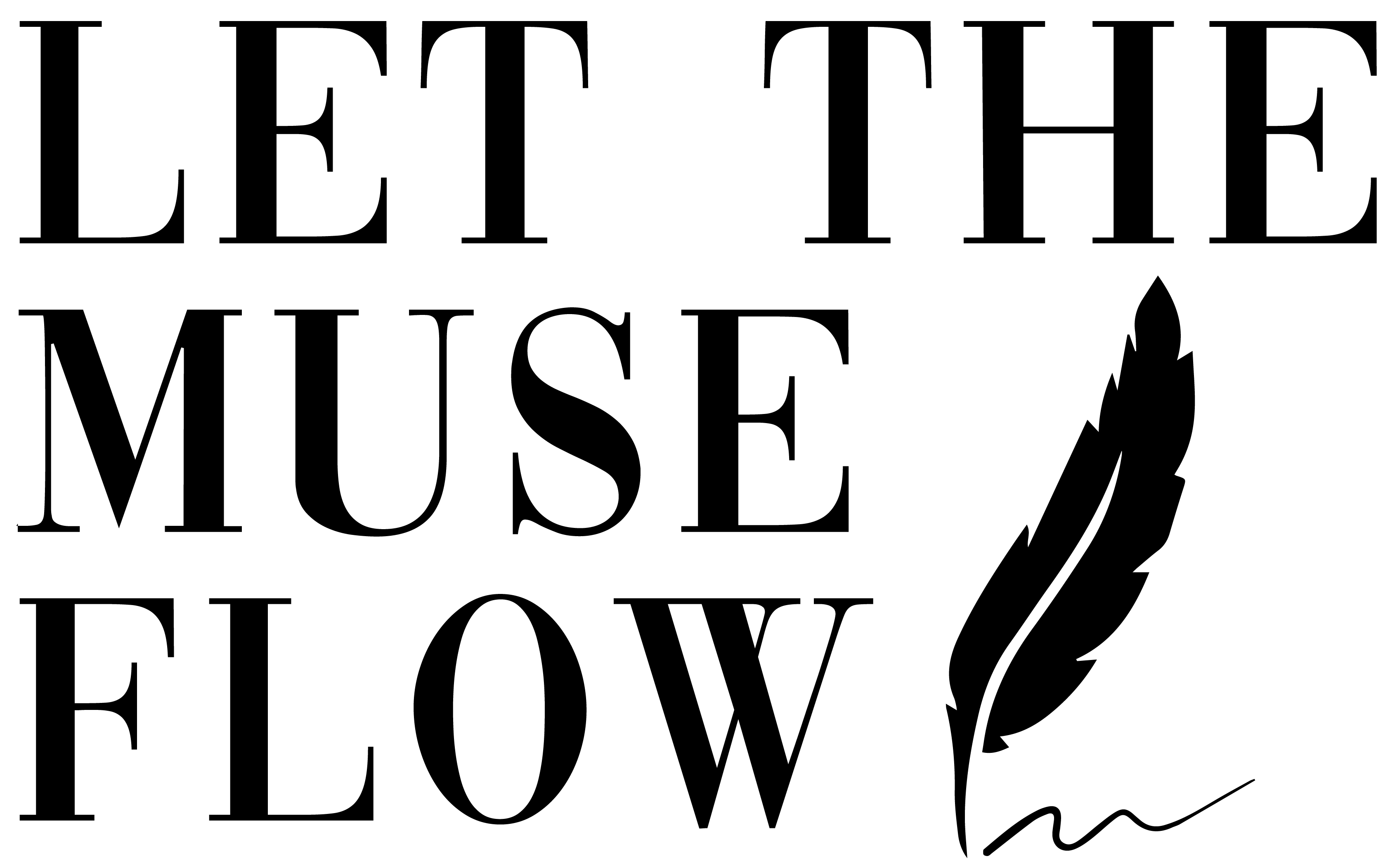
Per Gallup, almost half of Americans are quiet quitting – most prominently seen in the remainder of 2021 and ahead.
And, while, there are many espousers of the fact that it is just a fad, in an honest submission, it is for real.
While we are feeling the tremors of ‘Quiet Quitting’ now, it has long been a bottled problem for employees across organizations working very hard to earn their respective paychecks.
Before we understand the real reason why this problem exists, let’s first dive in to rationally understand what quiet quitting means.
According to World Economic Forum, Quiet quitting doesn’t mean actually quitting your job. It just means doing what’s required and then getting on with your life – having more work-life balance.
Agreeably so.
There are a lot of employees that care about their work to an optimum level of what gives them satisfaction at their workplace. That said, let’s not undermine their personal life pursuits.
So, here are some observations on why the web is ablaze with this term.
- It’s all about catering to mutual expectations. Both employer and employee need to be in harmony with respect to the work that needs to be done in a given timeframe, without compromising on their other side-passions and personal immersions. Let’s face it, whether you are a manager or you’re being led by your leader, you have to foster an implicit collaborative culture in your organization to enable smooth execution. When mutual expectations are met with candor and the desire to help, your employees, in whichever capacity, can grow as a cohesive team. Too much workload derails your employees to go for alternate career paths or disengages them as their time and paycheck are capped as per the skills they bring forth to the tasks at hand. Having clear expectations from the get-go helps your employees to stay aligned with your organization’s bigger goals. Result? They give effective results instead of ’sometimes meaningless hustling’ at the workplace just to prove that their merit is ‘legit’. Let this legit be communicated right with agreeableness of expectations at your workplace.
- GenZ and Millenials have wider career choices and interests. Terms like Gig Economy and side hustles have been shaping up in the current times. Employees can make new income streams with their expertise for which they have the potential to be solidly remunerated. Compensation comes in forms, and that should propel organizations to offer eclectic roles and income potential to employees so that there is consistent engagement at work.
- Lesser pursuit of meaning, but you can change it! Sometimes daily job tasks – more like elementary minutiae at work can still excite employees to earn their daily ‘meaning-making’ badge when they complete something. The simple act of finding small wins at work helps your employees stay afloat and in sync with what needs to get done. However, going them a cause (aka shaping the future) with their contributions can give them the real meaning that their seeking system truly needs.
- New-age working environment – especially post-COVID ripples. With remote and hybrid work coming forth as progressive work environments that organizations are acclimating to, employees are increasingly feeling disengaged owing to lesser in-person greets. Employees feel reclusive even when they are in virtual meetings. As a result, they want to retreat into their respective inner comfort, which oftentimes doesn’t come from the organization’s conversational inclusions. That said, the new work era has also opened creative avenues for employers and employees to infuse more care and empathy into even basic non-work conversations, so they can feel the bond stronger as they dive into work. This can quiet the naysayers to be silent proponents of quiet quitting; at least bringing the optimism back into the workplace for delivering the impact they were hired to do!
So don’t let quiet quitting dissuade you to do your best work. On a rather sanguine note, organizations are becoming more ‘noteworthy’ of your efforts in their own unique ways.
Now, let’s get back to work, the way we envision it to be!
Photo by Johnny Cohen on Unsplash

